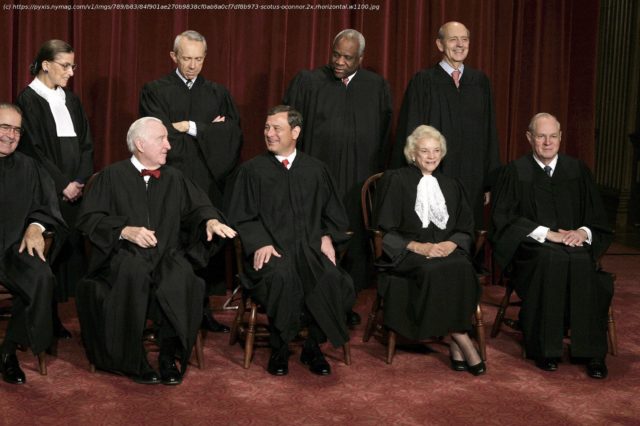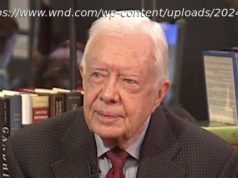Sandra Day O’Connor’s successors on the Supreme Court have abandoned the principles of pragmatism and compromise she represented, writes Cristian Farias.
When a Supreme Court justice, sitting or retired, dies, those who remain have a tradition of offering high praise and warm recollections about their departed colleague and friend. With Sandra Day O’Connor, who died at 93 on Friday, the tradition was on full display — with all nine current justices, plus three retired ones, writing statements about the towering figure who ended nearly 200 years of male supremacy on the nation’s highest court.
“Both because of her unique role and her many significant opinions, she will always be remembered as one of the most important justices in the history of our institution,” wrote Justice Samuel Alito, who replaced her in 2006. Neil Gorsuch noted how O’Connor “blazed a remarkable trail of firsts.” Brett Kavanaugh added that O’Connor “made equal justice under law a reality … for the millions of American women and girls who have followed her lead.” Amy Coney Barrett, meanwhile, hailed her as “a pivotal justice who has left her mark on American constitutional law.”
Their words ring hollow. All these justices, save Chief Justice John Roberts, jointly erased what for three decades was arguably O’Connor’s central contribution to American law: preserving the central holding of Roe v. Wade, that linchpin of women’s equality that stood for half a century — and which O’Connor, together with fellow Republican appointees Anthony Kennedy and David Souter, worked hard to salvage for future generations in the 1992 Planned Parenthood v. Casey decision. In more ways than one, Alito had made it his personal project to ensure O’Connor’s work in this realm would one day be overruled.
O’Connor, the Supreme Court’s last true politician, saw things differently. As the late cultural historian Linda Hirshman wrote in Sisters in Law, her account of the first and second woman to ever sit on the Supreme Court, O’Connor, who as an Arizona state legislator championed the Equal Rights Amendment and learned the ropes of compromise, was not about to set women back — or else let them move too fast. “She would never provide the crucial fifth vote to send women back to 1972,” Hirshman wrote. “But she would not let them move beyond the backlash that erupted after 1973 either.”
Lamenting the erasure of O’Connor’s legacy in the Dobbs ruling last year, Justices Stephen Breyer, Sonia Sotomayor, and Elena Kagan would go on to write in dissent that the trio O’Connor led “would not have won any contests for the kind of ideological purity some court watchers want Justices to deliver.” That purity, which Donald Trump etched in stone with a helping hand from the Federalist Society, now rules the day.






